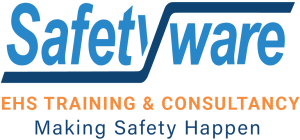Blog
Posted By: Yee Swat | Mar 31, 2023
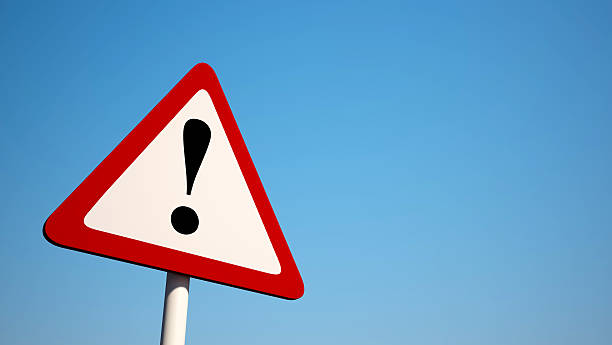
HAZARD IN AN WORKPLACE
WORKPLACE HAZARD
Hazards at work emerge when the surroundings can lead to sickness, injury, or even death. Equipment, toxic materials, unsafe working methods, and human behavior are just a few of the numerous facets of the workplace that might provide hazards. High-hazard, high-risk industries require attention to safety in order to succeed.
LET'S SEE WHAT ARE THE TYPES OF HAZARD
There are six main categories of workplace hazards: Biological, Chemical, Ergonomic, Physical, and Psychological, and Safety.
Source: National Association of Safety Professionals
1. Biological Hazards
- The dangers posed by biological hazards are exceedingly dangerous. They include being exposed to harmful chemicals and illnesses brought on by working with infected humans, animals, or plant materials. Biological risks will be dangerous for workers in hospitals, labs, and many other outdoor jobs.
2. Chemical Hazards
- Those who work in positions where they are exposed to hazardous liquids, solvents, or flammable gases are most at risk from chemical risks. The workers most likely to be impacted include those who work in cleaning facilities, engineers, and workers in field-based roles. Exposure to dangerous chemicals can result in sickness, skin rashes, breathing difficulties, and in the worst circumstances, DEATH.
3. Ergonomic Hazards
- People who work in physically demanding jobs are subject to ergonomic risks. Manual labour jobs that involve carrying or prolonged seating can harm the body over time. These hazards may not be apparent at first, which makes it much more difficult to spot them. Your employees run the risk of getting hurt if their workstations aren't correctly adjusted or if they're hunched over while doing manual labor or heavy lifting.
4. Physical Hazards
- Physical hazards can impact those who work in dangerous surroundings or in extreme weather situations. Workers who are constantly subjected to excessively loud noise, radiation, Ultraviolet (UV) Rays, and more, may be at risk.
5. Psychological Hazards
- Psychological hazards can cause damage like burnout or stress, leading to distracted employees and potential mistakes. Managers and supervisors can adopt a positive workplace culture that values safety, equality, and sustainable working practices to counteract the causes of psychological harm.
6. Safety Hazards
- Safety risks can affect any employee, those who use machinery or work on construction sites are more likely to be affected. Slips, trips, falls, using dangerous equipment, and electrical dangers are all safety risks.
RECOMMENDED PRACTICES FOR SAFETY AND HEALTH PROGRAMS
According to Occupational Safety and Health Administration (OSHA), safety and health programs' main objective is to avoid workplace accidents, illnesses, and deaths as well as the pain and financial burden that these occurrences can bring on employees, their families, and employers. The suggested procedures manage job safety and health in a proactive manner. Traditional methods are frequently reactive, which means that issues are only addressed with when a worker is hurt or becomes ill, when a new standard or regulation is released, or when an external examination identifies a problem that needs to be fixed. These recommended practices acknowledge that the most effective strategy is to identify hazards and fix them before they caused harm or sickness.
Source: United States department of Labor
For more information, please feel free to contact Safetyware EHS Consultancy Sdn. Bhd. through:
📲: 012-498 7882
IN THE UPCOMING BLOG, WE WILL LOOK INTO BIOLOGICAL HAZARDS IN THE WORKPLACE.
Recent Articles
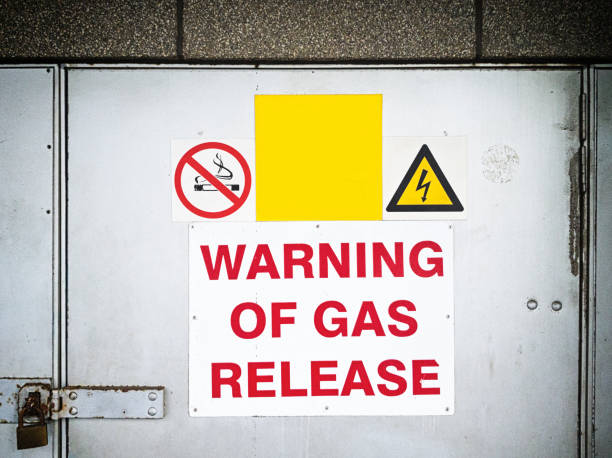
Posted By: Nur Afifa Binti Sazali
Jan 10, 2024
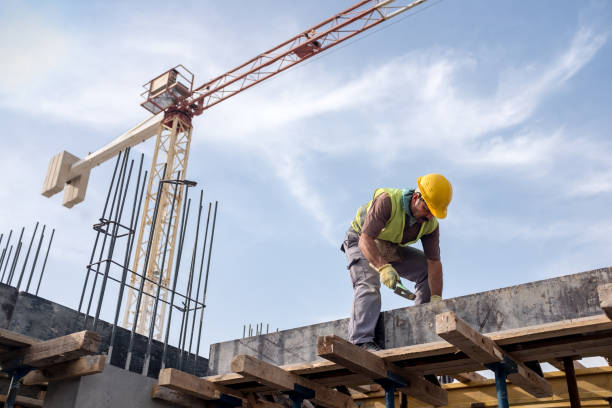
Posted By: Nur Afifa Binti Sazali
Jan 02, 2024

Posted By: Nur Afifa Binti Sazali
Dec 08, 2023
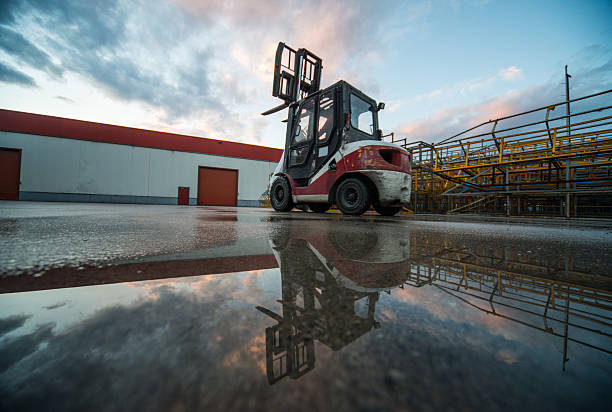
Posted By: Nur Afifa Binti Sazali
Dec 07, 2023

Posted By: Nur Afifa Binti Sazali
Dec 01, 2023
Plot 237,
Lengkok Perindustrian Bukit Minyak 3,
Bukit Minyak Industrial Estate,
14100 Simpang Ampat, Penang, Malaysia.
Enquiries :
ehs@safetyware.com.my
Call Us :
Tel : +604-5023 882 (8 lines)
Toll Free : 1300-22-3882
